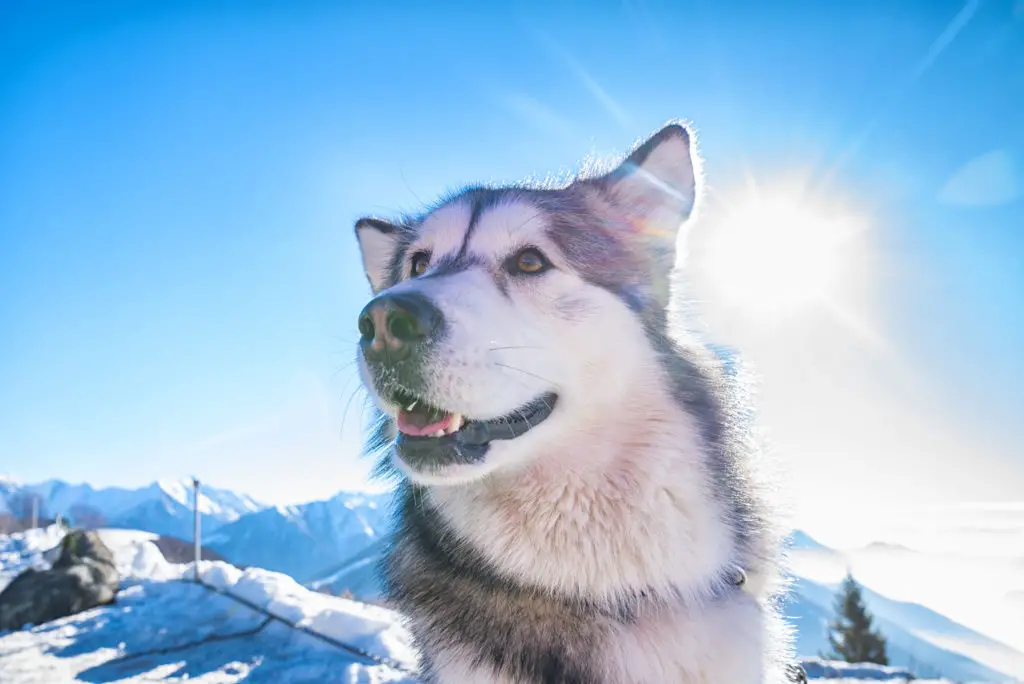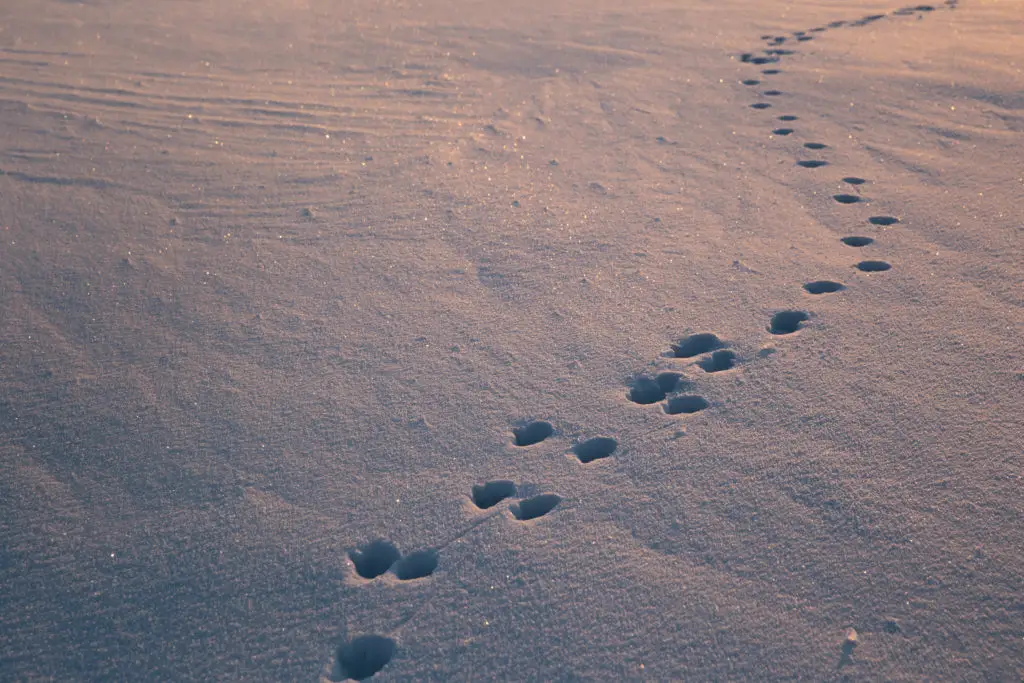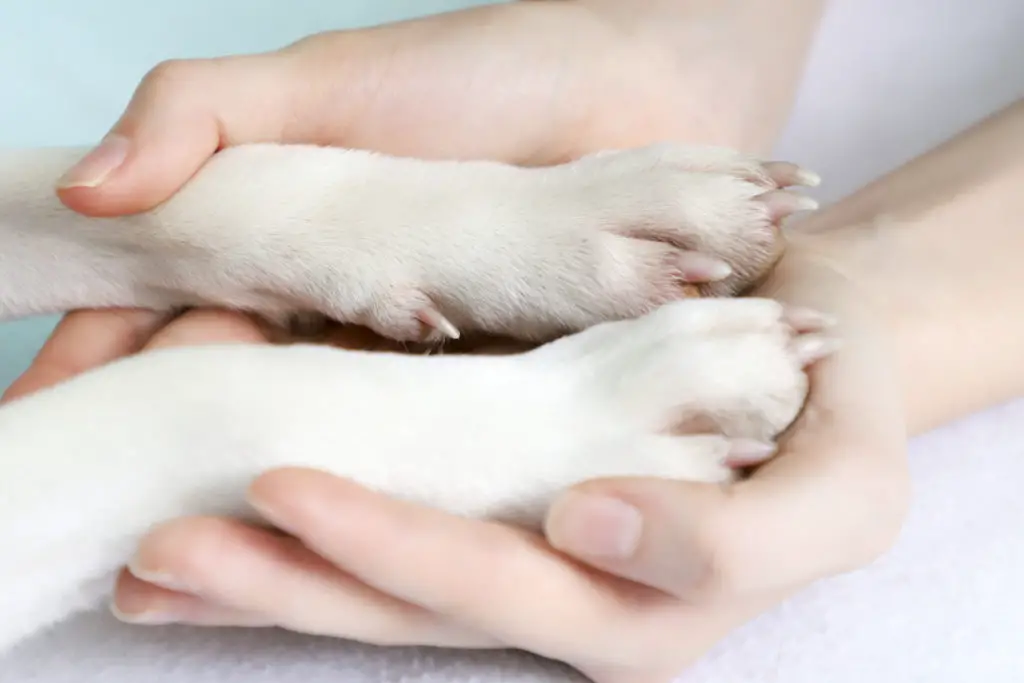
Moving is a big decision that involves a lot of different factors. When you’re moving to Alaska, it gets even more complicated! It’s a beautiful state that’s attracted nature lovers for years, and it’s only natural to want to bring along your furry friend.
Below is a list of 13 things you should know about moving a dog to Alaska, as well as some changes you’ll need to be prepared for.
1. Get All The Necessary Documents And Certificates From Your Vet
When you move animals across state lines, there’s going to be a bit of paperwork involved! Dogs mainly get to Alaska via ferry or plane, so it’s important to have the documentation and records necessary before your move.
Every animal that’s coming into Alaska must be free from contagious diseases. If your dog was recently exposed (even if they’re not sick) this could still cause a delay.
In order to legally move a dog to Alaska, you must obtain a Certificate of Veterinary Inspection (CVI) or a Health Certificate from your vet in the states. They can then mail or email this document to Alaska, where it will be reviewed and filed.
Make sure your dog is also up-to-date on their vaccinations and rabies shots too! For more information on Alaska’s pet immigration policy, visit their website here .
.
2. Choose A Cold-Weather Breed (If Possible)
It shouldn’t come as a shock to anyone that Alaska gets pretty cold! It’s one of the Northernmost regions in the world. It can sometimes get up to 90 degrees in summer and -30 degrees in the winter, so you should be ready for a temperature shift between seasons!
Generally, Alaska has chilly weather throughout the year though. The averages will vary depending on where you are in the state, but in many places, you can expect 30-50 degree weather even in the warmer months.
Because of this cold climate, it’s best to bring dogs that are ready for it. There are several breeds that thrive in cold weather, and others that can at least tolerate it. Others won’t be able to adjust as well and may be restricted to full-time indoor dogs (which can be problematic for exercise and bathroom breaks).
If you’re considering buying a dog before you move, think about getting a cold-weather breed. Some choices include Huskies, Saint Bernards, and Great Pyrenees. These are popular dogs that are widely available in the U.S.
For a list of the 26 best cold-weather dog breeds, visit this link .
.
3. Transition Them To Indoor Pets
Even if you’ve got a dog who loves the snow, Alaskan winters can be brutal. Dogs shouldn’t be left outside all the time, even if they might want to stay out in the snow for a little longer.
Alaskan dogs need to get used to the idea of being indoor pets for at least part of the year. This will help them stay warm, dry, and safe from storms and predators. Even if they spend most time outdoors during the day, prepare an indoor setup for your dog to use at night or during particularly cold weather.
This transition might mean taking more walks to compensate for the extra energy, but it’s worth it to keep your furry friend safe! Give yourself a transition period so you can both get used to spending time indoors.
4. Invest In Good Snow Shoes (For Both Of You)

Speaking of walks, you’ll still need to take them! Dogs have a lot of energy (especially large, cold-weather breeds). They’ll need to be walked at least once a day and will probably need several other bathroom breaks.
Snow can get wedged in between a dog’s paw pads, which can be painful and eventually cause injury. You can trim the fur between paw pads to help prevent this, but snow can still build up. To combat this, get your dog some snow booties! They probably won’t like them at first, but it’s better than paying a hefty vet bill to treat an injured paw later.
While you’re at it, don’t forget your own snow shoes! It gets cold out there, so bundle up while you’re out on walks.
5. Use Lighted Collars And Vests
Alaskans need to deal with some funky light changes throughout the year. During the summertime, there’s almost constant light. The sun only dips below the horizon for a little while each day, and there’s even some ambient light during this time.
But during the winter, you’ll only have a couple of hours of light per day (if that!) Depending on clouds and weather patterns, you may not see sunlight for quite a while in the winter.
Because of this, it’s a good idea to adorn your dog (and yourself) with LED lights and reflectors when you’re out on walks. This will help you locate your dog if they break loose, and it will make you both visible to cars and people who might be out and about.
These lights can be attached to the dog’s vest and collar. They definitely help you keep track of each other during the dark winter months!
6. Bring Bear Protection
Alaska is famous for its untouched stretches of wilderness. The natural beauty of the mountains, forests, and lakes has attracted many full-time residents. But when you’re living in nature, you have to be prepared to protect yourself from it too.
Grizzly bears, black bears, and polar bears are common in Alaska. These pose varying levels of danger to humans, but some of them can be deadly, especially if they have cubs to protect. It’s not uncommon to run across moose as well, which can be just as dangerous.
Because of these threats, it’s smart to carry some form of protection with you on walks. To some people this means a gun, to others, it’s a can of bear spray. Just make sure you have some kind of backup plan to deal with a wild animal that interrupts your walk!
7. Prepare For Expensive Food And Fewer Choices

Alaskans enjoy a sense of privacy and solitude due to their remote location. Many people love this separation from society and the connection to nature. But this isolation comes at a cost! In this case, a literal one.
The cost of living is relatively high in Alaska because of the additional cost of shipping food and supplies. Most places will have grocery stores available, but they will have a more limited selection with higher price tags.
This includes pet food as well! Try to look ahead at the food choices that will be available in Alaska so you can start transitioning your dog’s diet. It might be worth exploring homemade options as well, which could be cheaper and more nutritious in the long run.
8. Take Daylight Walks If Possible
As mentioned above, sunlight is a limited commodity in Alaska. During the winter, you’ll only get about 3-6 hours per day, depending on where you live. The Northernmost town in Alaska doesn’t see the sun at all for more than 60 days in the winter!
Generally, you’ll still get at least a little bit though, so try to use those sunlit hours for dog walks and exercise. You can enjoy a warmer temperature, more sun, and better visibility. This daily sunlight exposure is also good for your skin and overall health.
9. Be Prepared To Treat Hypothermia and Frostbite
Even the hardiest winter breeds can still get cold and fall victim to frostbite and hypothermia. Owners can minimize this risk by keeping dogs indoors and limiting outside activity. But sometimes dogs spend too long outside or break away during walks and get lost for a few hours.
The ears, paws, and nose of a dog are particularly vulnerable to cold weather. If you notice that your dog has a low heart rate, is lethargic, or is shivering/having difficulty breathing, they might be experiencing hypothermia.
When this happens, do your best to bundle your dog in blankets and heating pads to raise their body temperature. Cuddling helps too because you can share body heat. Don’t use a hot bath, because this could ultimately lower their temperature even further.
If you can’t warm them up or notice worrying signs like cracked skin and unresponsive limbs, take them to the nearest vet. For more information about dogs and hypothermia, visit this link .
.
10. Wipe Down Paws

Another thing to keep in mind is your dog’s paws. Aside from snow and ice in their paw pads, you also need to think about what they track inside. Mud, dirt, plant material, and other debris can quickly dirty your floors.
There’s also a risk of dogs walking in antifreeze and other melting chemicals during the winter. If they try to lick this off, it can be poisonous. To prevent these problems, you’ll probably want to wipe down your dog’s paws with a towel every time you go back inside.
11. Moisturize
Even the hardy cold-weather breeds are sensitive to cold weather and dry conditions. Their paws and noses are particularly sensitive and can become dry and cracked.
To address this, buy a pet-safe lotion and apply it to their paws and noses during particularly dry seasons. They might not like it, but it will be good for them in the long run!
12. Don’t Over Groom
Another potential problem for Alaska dogs is overgrooming. Most cold-weather breeds will have long hair and fluffy undercoats. This kind of fur needs to be brushed and maintained to prevent knotting and dry skin.
However, owners sometimes take things too far. If dogs are bathed or groomed too often (or too heavily) they can lose some of their built-in protection against the cold. Keep an eye on their reactions to cold weather and see if you need to cut back on the grooming routines.
13. Be Mindful Of Seasonal Nutrition
Both dogs and humans need different diets and nutrients throughout the year. During the long Alaskan winters, this is especially important. With the lack of sun, they might suffer from a vitamin D deficiency, so consider adding supplements to their food of finding snacks that are high in vitamin D. Eggs and salmon are great options!
If your dog spends a good amount of time outdoors during the winter, they may also need a boost of calories in order to keep them warm and healthy!
Related Topics:
If you like the article above, here are some other similar articles you should check out!
17 Reasons Not to Move to Rochester, New York (Voted by the Locals)
